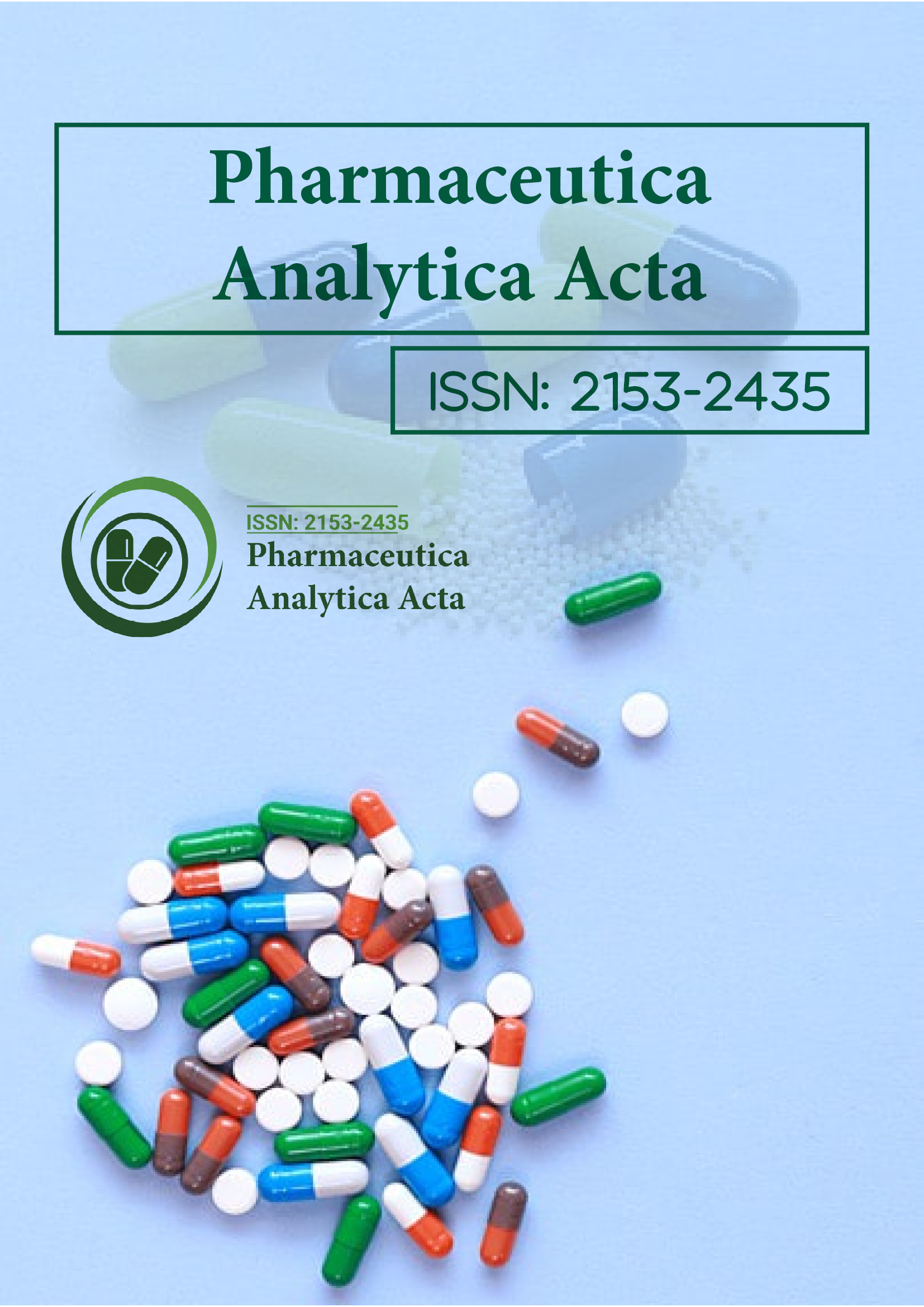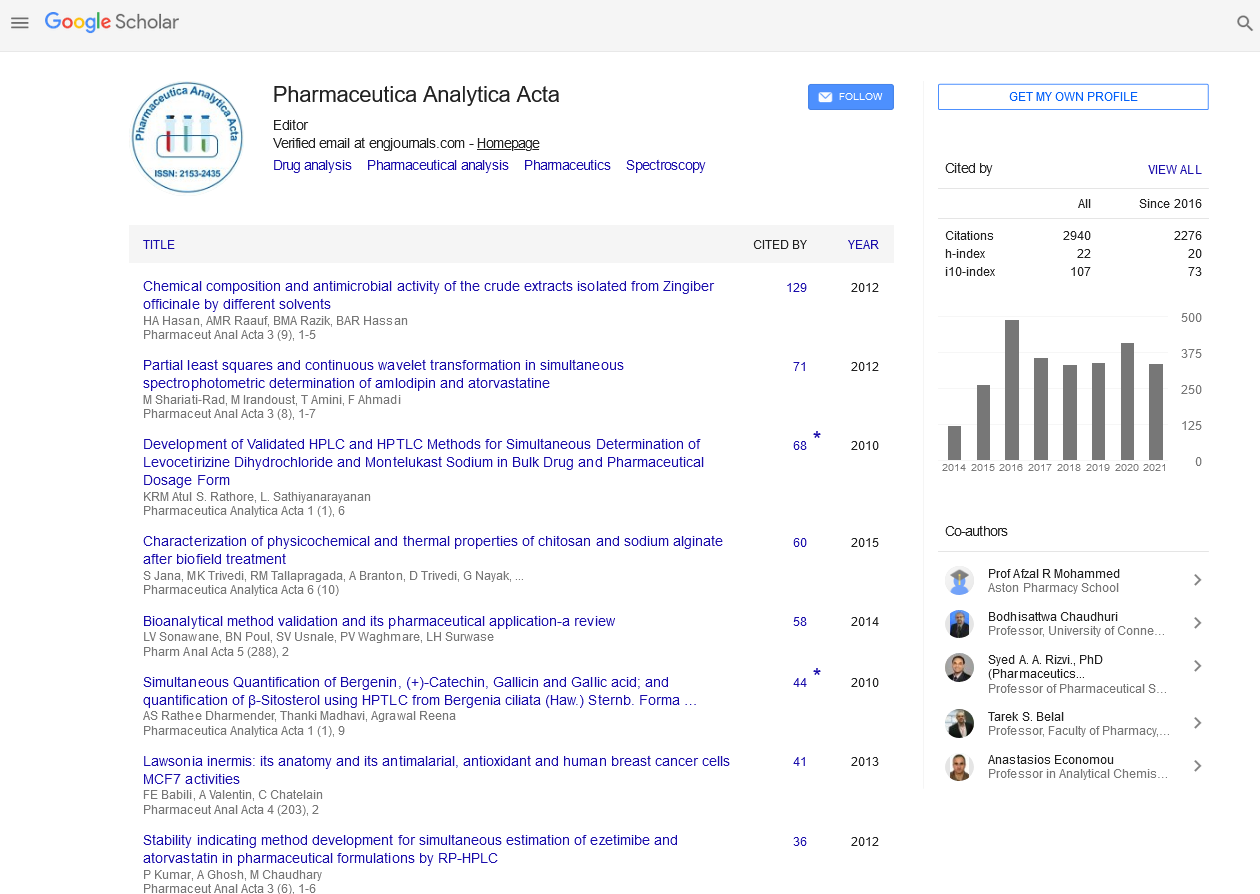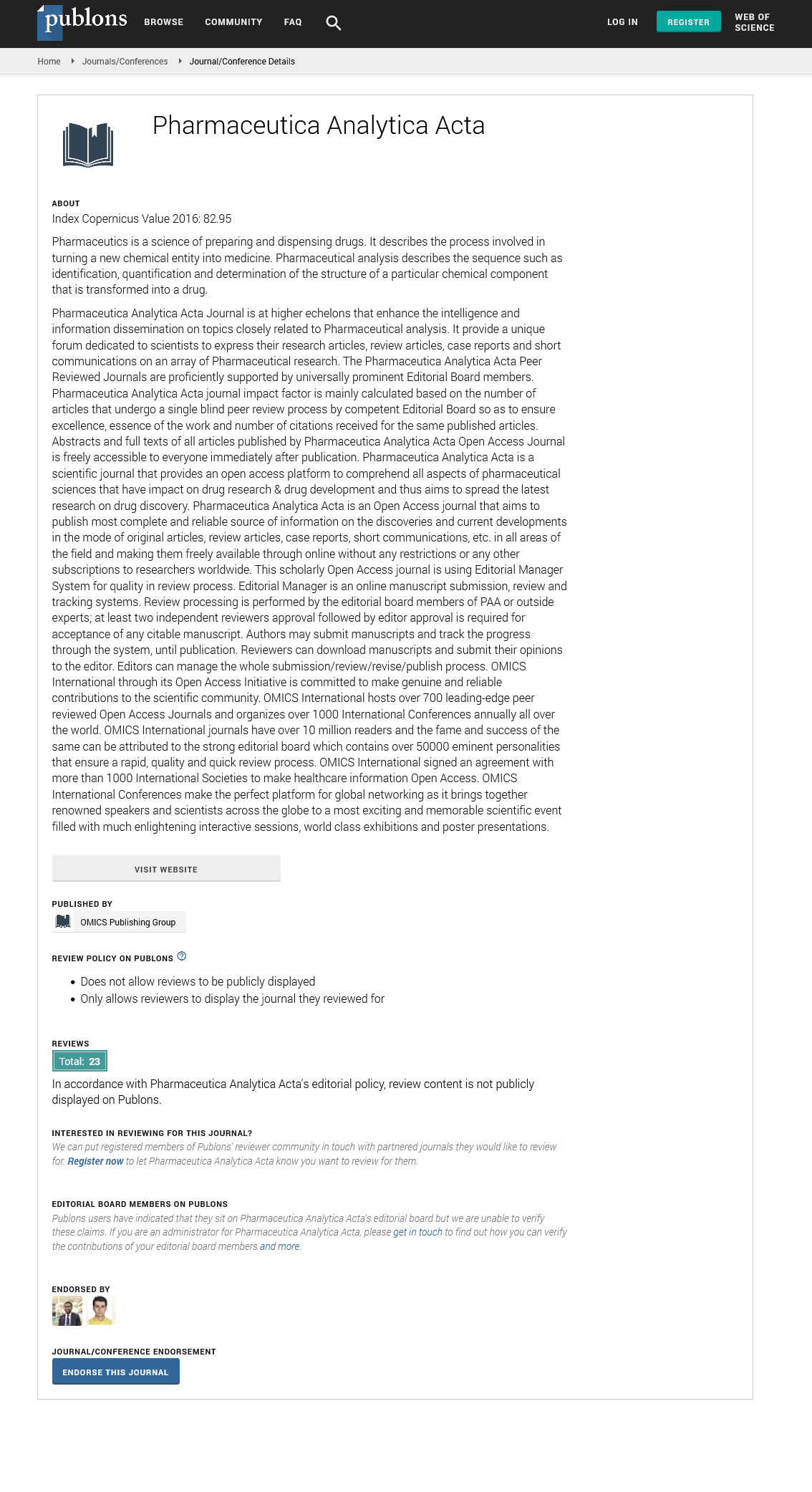Indexed In
- Open J Gate
- Genamics JournalSeek
- Academic Keys
- JournalTOCs
- The Global Impact Factor (GIF)
- China National Knowledge Infrastructure (CNKI)
- Ulrich's Periodicals Directory
- RefSeek
- Hamdard University
- EBSCO A-Z
- OCLC- WorldCat
- Publons
- Geneva Foundation for Medical Education and Research
- Euro Pub
- Google Scholar
Useful Links
Share This Page
Journal Flyer

Open Access Journals
- Agri and Aquaculture
- Biochemistry
- Bioinformatics & Systems Biology
- Business & Management
- Chemistry
- Clinical Sciences
- Engineering
- Food & Nutrition
- General Science
- Genetics & Molecular Biology
- Immunology & Microbiology
- Medical Sciences
- Neuroscience & Psychology
- Nursing & Health Care
- Pharmaceutical Sciences
Comparative pharmacodynamics of Ceftobiprole, Daptomycin, Linezolid, Telavancin, Tigecycline, and Vancomycin in the treatment of Methicillin Resistant Staphylococcus aureus: A Monte Carlo simulation Analysis
2nd World Congress on Bioavailability & Bioequivalence: Pharmaceutical R & D Summit-2011 and International Conference on Pharmaceutics & Novel Drug Delivery Systems
06-08 June 2011, Las Vegas, USA
Ahmed H. Salem, Ehab A. Noreddin, George G. Zhane, Ayman M. Noreddin
Scientific Tracks Abstracts: PAA
Abstract:
Background/Objectives:Appropriate initial treatment choices for methicillin resistant Staphylococcus aureus (MRSA) infections are very critical. Th e aim of this study was to compare the ability of Ceft obiprole, Daptomycin, Linezolid, Telavancin, Tigecycline, and Vancomycin to achieve their requisite pharmacokinetic/ pharmacodynamic (PK/PD) target against clinical MRSA isolates. Methods: Monte Carlo Simulations were performed to simulate the PK/PD indices of the investigated antimicrobials. Population Pharmacokinetic data and Pharmacodynamic indices were integrated into Monte Carlo Simulation routine with 10,000 iterations. Probability of target attainment (PTA) was estimated at MIC values ranging from 0.03-32 μg/ml to defi ne the PK/PD susceptibility breakpoints. Cumulative fraction of response (CFR) was computed using MIC data from the Canadian National Ward (CAN-Ward) study collected in 2007, 2008 and 2009. Results: Analysis of the simulation results suggested the breakpoints of 8μg/ml for Ceft obiprole, 0.12 μg/ml for Daptomycin and Tigecycline, 0.5 μg/ml for Telavancin and 1 μg/ml for Linezolid and Vancomycin. Th e estimated CFR were 100, 66.5, 84, 89.1, 98.2, 60, 97.5 % for Ceft obiprole, Daptomycin (4mg/kg/day), Daptomycin (6mg/ kg/day), Linezolid, Telavancin, Tigecycline, Vancomycin (2gm/day) and Vancomycin (3gm/day), respectively. Conclusions: Ceft obiprole and Telavancin have the highest probability of achieving favorable outcome against MRSA infections. Th e susceptibility results suggested a further reduction of the vancomycin breakpoint to 1 μg/ml.
Biography :


